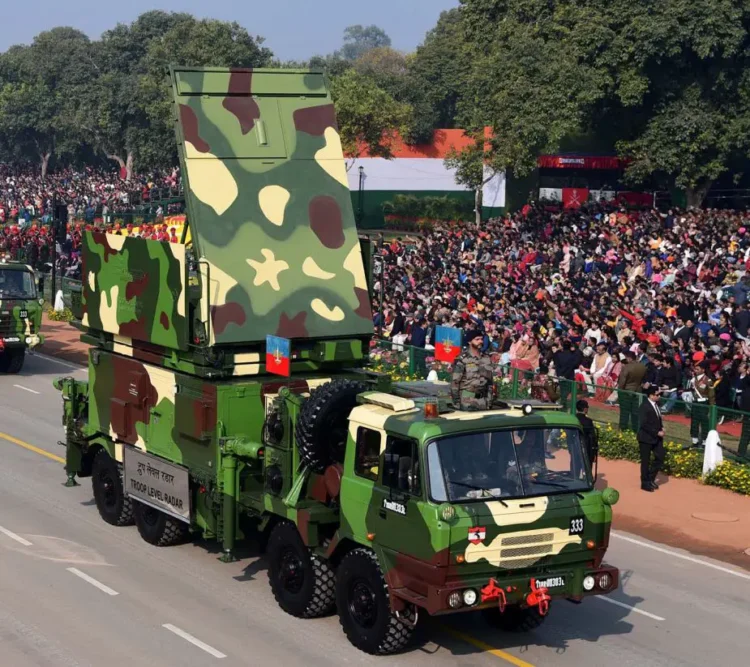The central government has approved a Rs 6000 crore project to install high power radars along the Line of Actual Control (LAC) to monitor the activities of the Peoples Liberation Army Air Force (PLAAF). The radars will be manufactured by Larsen and Toubro (L&T).
The made in India radars are planned to be deployed along the LAC as well as the LoC (Line of Control) with Pakistan, defence sources told an Indian media agency. The new radars are meant to monitor Chinese Air Force activities in the Ladakh Sector.
The sources say that radar coverage on the Western Front of Rajasthan, Punjab and Gujarat Sectors is easily achieved. But from Jammu and Kashmir to Arunachal Pradesh in the Northeast is very difficult due to the mountainous terrain and extreme cold weather. Improved radar coverage has become important in view of suspicious activities by the Chinese force on the eastern front.
The radar procurement project has been cleared as India plans to expand and strengthen its radar coverage all across along its borders with China and Pakistan. However, the IAF will deploy these radars in stages focusing on fully indigenous systems in the next phase to ensure comprehensive area coverage.
The PLAAF started probing Indian responses to its violations in the Demchok Sector in Ladakh by sending fighter planes. The Indian Air Force (IAF) responded strongly by scrambling its fighter jets to Demchok sector from nearby bases.
Another project cleared by the Cabinet Committee of Security (CCS) headed by PM Modi, is to purchase Close in Weapon Systems (CIWS). Additionally, the system is based on a derivative of air defence guns and will be deployed to provide protection to vital assets and locations, top defence sources informed an Indian media agency.
The Close in Weapon Systems will be manufactured by Larsen and Toubro (L&T) in collaboration with several Indian small and medium enterprises. This initiative is expected to create a significant number of jobs in the defence sector, contributing to the governments Make in India initiative. The project is worth 7,000 crores of rupees.
The inception of CIWS projects dates back to few years ago following the detection of drones near a sensitive location by security agencies, under scoring the need for a close in weapon system to provide protection. This project is a collaborative effort between the Indian Air Force (IAF) and the Indian Army (IA).




















Comments